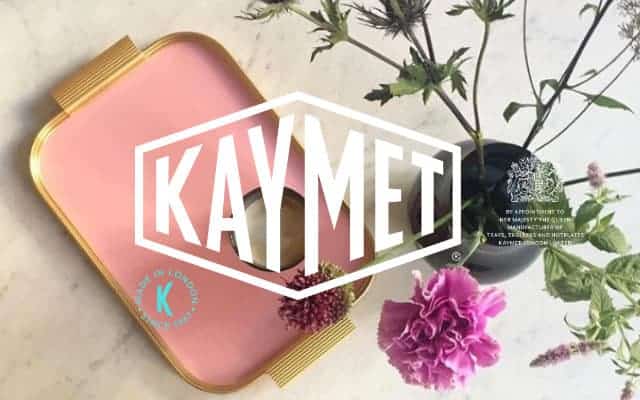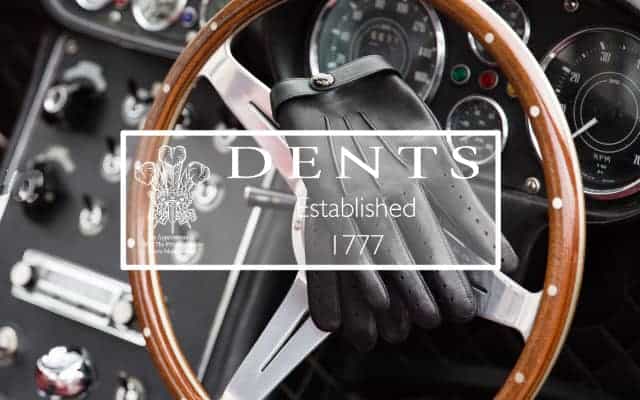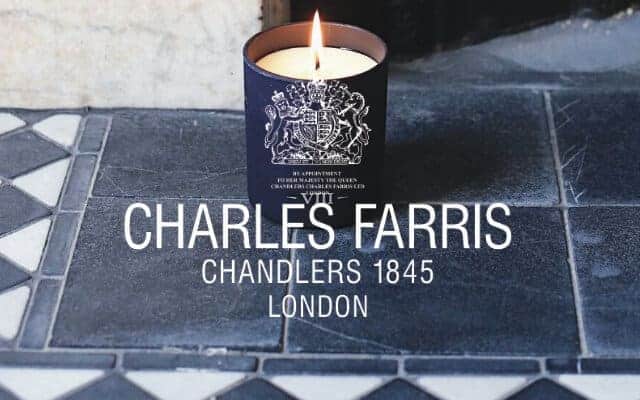A Brief History of ROYAL WARRANTS
From Royal Charters to British Industry

1000 years of Royal patronage.
Britain’s craftsmen and tradesmen have long aspired to become affiliated with and serve the Royal Households. Not only did this mean that they have in some way reached the pinnacle of their career it also gave them an advantage over their competitors. Being recognised as a supplier to the highest family in the land meant that others would want your skills or goods too. This coveted patronage is the same today as it was almost 1000 years ago.
Before Royal Warrants by Appointment were bestowed on companies, the Royal Household granted charters. The earliest of these charters was first recorded in 1155 and granted by Henry II of England to the Weavers’ Company which provided both clothes and castle hangings. It wasn’t until the 15th century though that the Royal Warrant of Appointment replaced the Royal Charter to become a more formalised system of recognition.
How is a Royal Warrant bestowed and how can it expire?
Royal Warrants are not given out willy nilly; firstly, companies must have been supplying the Royal Household for a minimum of 5 years in succession before they can be considered by the Grantor. The relationship between the Royal Warrant giver and receiver must be strictly commercial: goods cannot be gifted. The Royal Household is not an influencer (although it could be argued that they are when it comes to using a product). The relatively rare and earned Royal Warrant makes the endorsement an ‘honest’ transaction. King Charles also stipulates that a business “demonstrate that they have a workable environmental policy.” The annual list is published in The London Gazette as it has done since 1885 in case you are interested.
A Royal Warrant might take decades to be granted to the ‘Grantee’ but it lasts for only 5 years. In the final year of the warrant’s expiration it will be reviewed by the Royal Household Warrant Committee to ensure that the company and its goods or service remain at an acceptable level. It should also be noted that the Royal Household Warrant Committee can at any time cancel the warrant. It is also automatically reviewed if the Grantee dies or leaves the business, or if the firm goes bankrupt or is sold. Rigby & Peller fell foul of the instant axe when they lost their warrant in 2018 because the director spilled the beans in a book on what they supplied the Queen. If you are wondering what Rigby and Piller received their warrant for in 1960, it was lingerie and underwear.
There are certain businesses that cannot apply for a Royal Warrant even if they do work with the Royal Household. These include employment agencies, party planners, the media, government departments and ‘places of refreshment or entertainment’ (such as pubs or theatres).
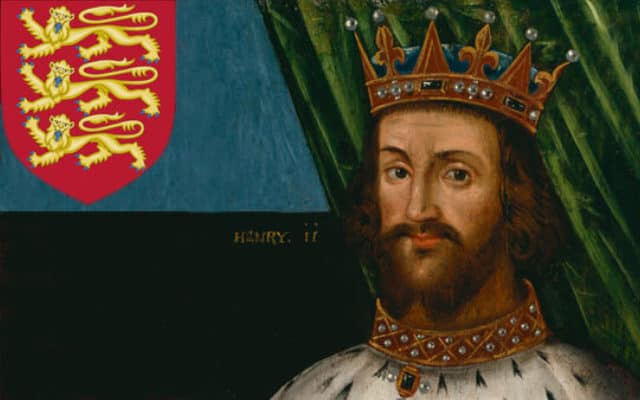
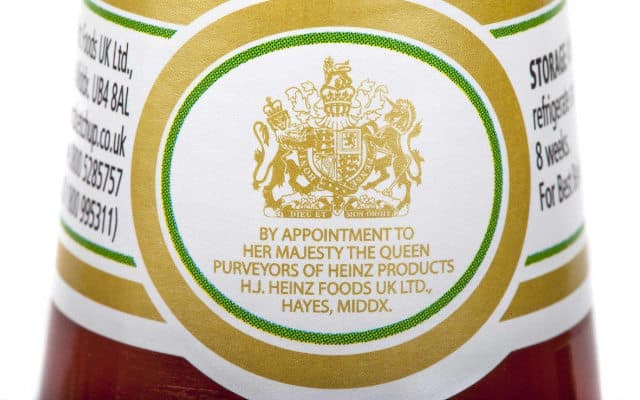
Who can bestow a Royal Warrant?
The Monarch, which is now of course HRH King Charles III decides who may grant Royal Warrants. These are known simply as the ‘Grantors’. As of writing only King Charles is a grantor, but it is expected that Prince William will formally become a Grantor as the Prince of Wales. The late HRH Queen Elizabeth II granted Royal Warrants to The Prince of Wales, The Queen Mother and HRH The Duke of Edinburgh. But with her passing hundreds of the brands and services she granted warrants to could lose their patronage unless King Charles regrants them. This could be very costly, not only in losing the prestige but all of the reprinting costs taking off the Royal seals, which we will see below.
What can a ‘Grantee’ do with the Royal Warrant?
It wasn’t until William IV’s reign in 1830 that companies were in fact allowed to use the prestige of using the Royal Arms. Holding a Royal Warrant is undoubtedly what many brands believe gives them a gravitas and using the Royal seal can of course elevate the brand above a competitor. It is estimated that the seal Grantee may earn 5% of their revenue through the warrant. But essentially that is all that the Royal Warrant does. The right to display is pretty much all it gives the brand or service, the right to display the Royal Arms, they are not able to claim any exclusivity of supply.
The Lord Chamberlain’s Rules are very strict on how the Royal Warrant may be displayed. Be they on the stationary, the side of a van or indeed on the labelling of the product. The Coat of Arms must always be accompanied by the details of which Member of the Royal Family has granted the Royal Warrant, the company name, the nature of the goods or services provided to them and the head office address of the company. But it wasn’t until William IV’s reign from 1830 that companies were in fact allowed to use the Royal Arms in public.
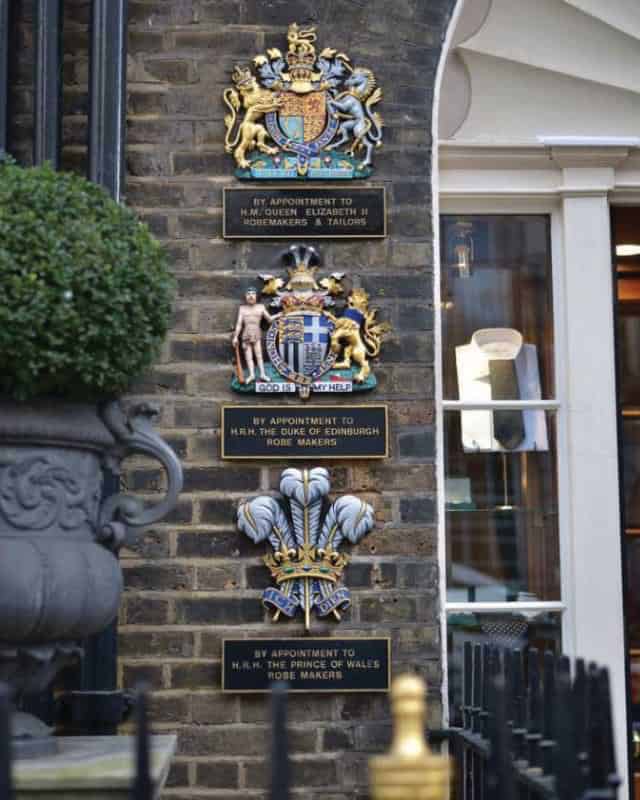
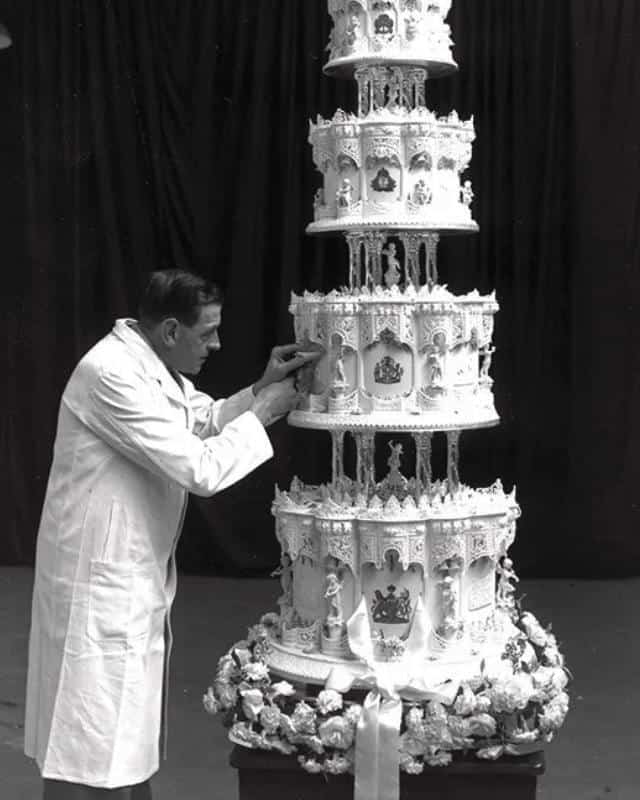
Who are the current Royal Warrant Holders?
At the present count there are over 800 individual Royal Warrant holders, holding 1100 warrants, but this is likely to change in the coming couple of years as mentioned above with the Queen’s passing many famous brands that she granted patronage to could lose it. And she granted 600. They could of course still keep their warrant if King Charles decides that he likes Heinz ketchup as much as his Mother. Heinz were actually granted one by her father King George VI and The Queen granted it again to them so they do have a long standing with the Royal Household.
Further back in time Queen Victoria was a huge proponent of the warrant system and over her 63 year reign from 1837 she dished out over 2000 of them, from shops to tradespeople and products. During this period the Royal Warrant Holder Association and the codification of how the warrants should be displayed and used was formed, after the anointed rightly proud decided to band together and celebrate their accolades in 1840. The Association was formed “for the celebration of Her Majesty’s birthday in May”.
The Freemasons Tavern, Great Queen Street in the City of London was to host the first meeting. The original minutes of that gathering is now held in The Royal Warrant Holders’ Association HQ in Buckingham Palace. Victoria then revived the Oath for Warrant Holders, as used in Charles II’s time. This Oath which was taken on the Bible, except by Jews who swore on the Old Testament and Quakers who affirmed, “I hereby solemnly swear that I will be a true and loyal servant to our sovereign Lady Victoria”.
Dining clubs were a big thing in Victorian times and these warrant holders were not going to miss an opportunity to form one. One guinea a year was the cost “with attendance right” to the dinner. Very Victorian rules were obviously abided by. If the warrant holder could not attend their son was allowed to attend. But “if a lady or firm of ladies” that held a Royal appointment wished to attend they “could appoint a Gentleman to represent them”. The first dinner saw 25 distinguished holders attend but there are now over 1500 in attendance of the annual dinner.
Queen Victoria admired the dinner so much that she began to send a venison as one of the seven courses. The annual dinner became a very lavish and celebratory event that many non-Royal Tradesmen tried to sneak into and join in the dinner.
Royal Warrant Stories
The array of holders is astonishing, a shopping list of Kings and Queens through the ages, from the more traditional brands that we expect to have Royal Warrants, such as Fortnum & Mason and Gieves & Hawkes to kitchen cleaners, scaffold suppliers and crop sprayers. Kellogg’s was a surprise to SGB but discovered that the Queen apparently during an interview in the Telegraph claimed her favourite breakfast is Special K, with a few berries of course.
Throughout history there have been some splendid stories by Royal decree. Queen Mary Tudor’s Royal Skinner, in other words her fur dealer crafted a resplendent outfit for Willaim Somer her Court Jester; ”A Turquey Coate with vi blewe coneyes (rabbits) and gresseled (ostrich feather) clowdes”. Henry VIII had a supplier of “Swannes and Cranes, price the piece two shillings”. Whilst Elizabeth I gave her Purveyor of Fish “£10 a year for ‘entertainment’ plus £22.11s.8d. for losses and necessaries” King William and Queen Mary in 1700 had a Purveyor of Oysters and there was a ‘Chinaman’ who was a supplier of tableware and a Plumassier who was the Royal supplier of feathers.
In more modern times McVities created The Queen’s wedding cake and also made her Grandfather’s wedding cake too. The cake weighed 500 pounds and was 9ft tall. The ingredients were flown in from all round the world and as such was nicknamed the “10,000 mile cake”. Although rationing was still in place in 1947, it didn’t apply to the cake which used 700 eggs and 4 Gallons of Rum.
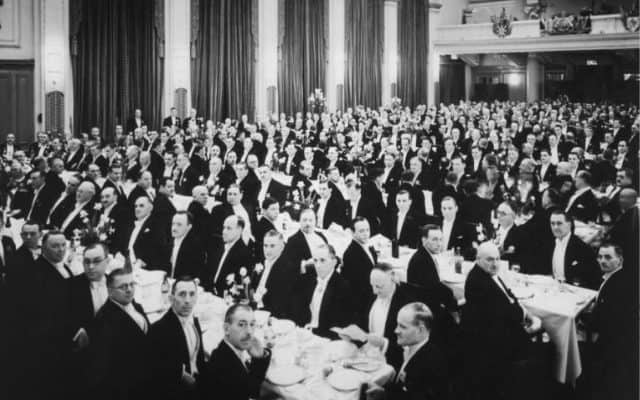
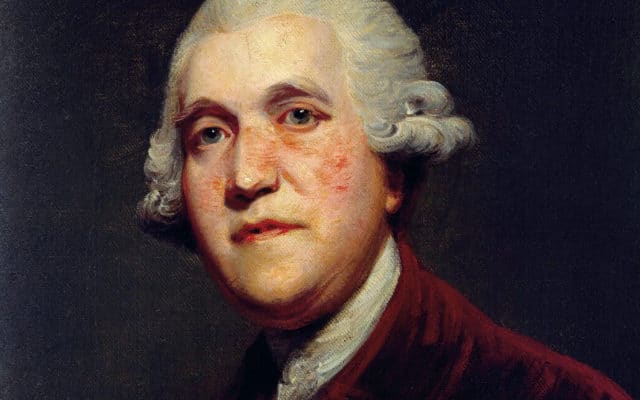
Connections to British Industry
Queen Victoria was the first Royal that forged a real connection to the tradespeople that supplied her Royal Household. By giving 2000 warrants during her lifetime, it is clear she believed in British industry and understood the power of her patronage.
But before Queen Victoria understood this power the father of modern marketing Josiah Wedgwood understood this better than most. He first received his Royal Warrant from Queen Charlotte the wife of George III. Queen Charlotte ordered a set of creamware and was so pleased that she allowed Wedgewood to style himself as ‘The Potter to Her Majesty’ in the press and call his creamware ‘Queen’s Ware’. Propelling Wedgewood to global fame and still a name synonymous with quality products that have Royal patronage.
A Royal Warrant can indeed help a brand stand apart, to be associated with ‘if it is good enough for the Royals it must be good enough for me’. Traditional British brands often play off this heritage and connection, especially when purveying their wares in countries other than the UK. The Royal seal of approval works wonders in China, The United States and Japan, where if anything the seal is held in higher regard.
But this Royal connection to industry is still alive and well, Princess Anne (although she is not a Grantor) has served as the president of UKFT – The United Kingdom Fashion & Textile Association for over 35 years.
Discover the Royal Warrant Holders on Sir Gordon Bennett
At Sir Gordon Bennett we are big fans of the many Royal Warrant holders that we purvey. Kent Brushes have in fact held 9 consecutive warrants, dating all the way back to the reign of George III.
Kaymet created trays for the SS Gothic that was refurbished to become the Royal Yacht.
Charles Farris have been making candles for over 175 years and are the Royal Household’s candles of choice.
Dents are another British brand that have been supplying the Royal Household for decades and have been creating masterful gloves since 1777.

